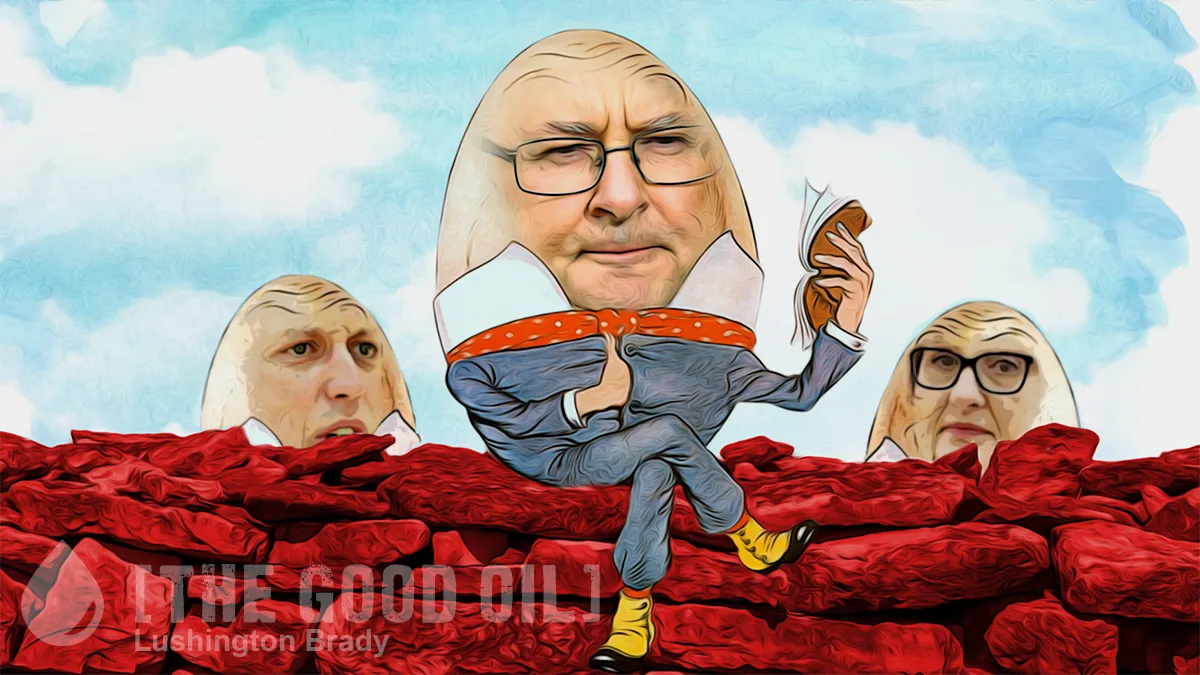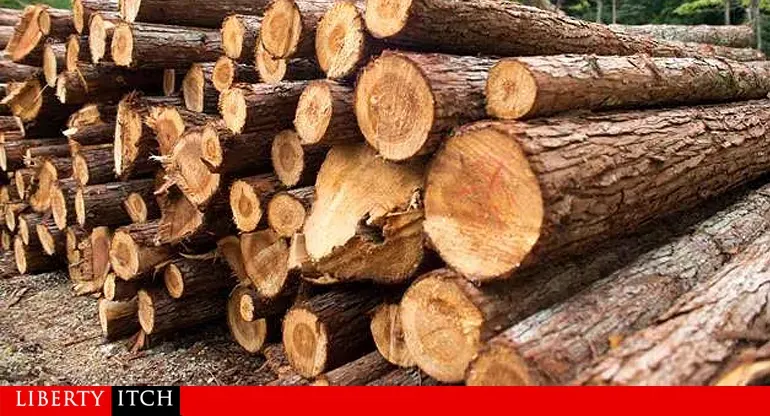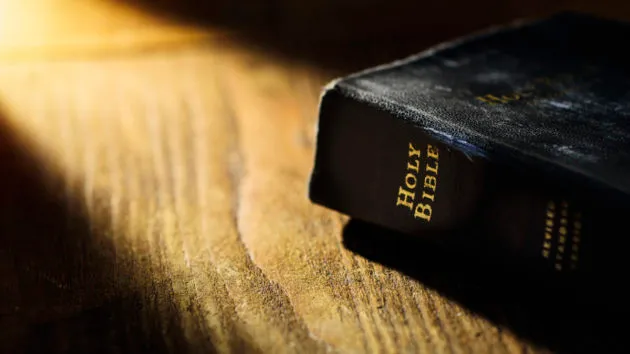Table of Contents
One day, you’re the most important guy who ever lived, the next day, you’re some schmo working in a box factory – The Simpsons
Australia’s mainstream media would be lucky to beat a goldfish in a memory contest. Especially since the profession has been subsumed by middle-class, university-educated Millennials. These are people to whom anything that pre-dates the celebrity career of Taylor Swift is as remote and unfathomable as the building of Stonehenge.
We saw this clearly during the unusually severe bushfire season of 2019–20. According to the shrieking cultists of the mainstream media, such fires had never occurred before in Australian history. The fires were burning where they’d never burned before. It was all without precedent.
Except that anyone with a web browser could access the National Library of Australia’s Trove collection of newspapers and find ample reports from a century and more ago of fires raging in the supposedly un-burned places. Not that we needed dusty historical archives: fires on a scale to dwarf anything in the last decade burned vast swathes of Australia in the 1970s. Though, to be fair, they mostly burned far away from the coastal cities, so for urban-bound journalists they might as well never have happened.
The same goes for the floods which devastated the Hunter region of NSW. Records going back 200 years show that this region has flooded so often, with such regularity and on such a scale that the biggest question ought to be why anyone would build a house there in the first place.
The mainstream media’s goldfish memory was in full flight again, last year, when the Perrottet Liberal government fell in NSW. The mainstream media were giddy with glee: wall-to-wall Labor governments on the Mainland! Is this the end of the Liberal Party? the excited media salivated. Will they ever win an election again?
Aside from forgetting about Tasmania, as they too often do, the media love-in ignored one important thing: it’s hardly the first time this has happened. Not wall-to-wall Labor governments, but the opposite as well. In fact, both sides can boast of having beaten 2023: in 1969, every single state and territory government, including Tasmania, was Liberal. In 2008, the situation was reversed.
Even more pointedly, such ‘walls’ are notoriously unstable. Very frequently, they represent the crest of a wave that is about to break. Often spectacularly.
Labor’s wave is already breaking.
First, the Rockliff Liberal government held on to power in Tasmania. Admittedly, by the slenderest of margins, but even that was a remarkable achievement. Firstly, Tasmania’s Byzantine Hare-Clark electoral system works strongly against majority government. The presence of the Greens is a safety net for Labor. But Tasmania has long been a Labor stronghold, anyway. The most remarkable electoral streak was Labor’s 34-year run from 1934–68. So, holding on to government for the last 10 years is a pretty solid achievement for the Tas Libs.
Then, last month, the election of the Country Liberal Party in the Northern Territory was the first brick out of Labor’s Mainland Jenga tower. The whole thing is starting to totter and sway.
The Labor government in Queensland is in dire peril. Like Victoria – which I’ll come to – a popular, long-term premier in Annastacia Palaszczuk was the key to keeping the party in power. Until it became increasingly clear that she wasn’t. As the Covid-era glow faded, real events began catching up fast on the once-unassailable premier. Everything from youth crime, to a collapsing hospital system and a spiralling cost-of-living, saw voters more and dropping the confetti and reaching for the torches and pitchforks.
So, Pluckachook jumped before she was pushed. Quicker than a Hezbollah fighter playing pass-the-parcel, she dumped the whole mess in the lap of the hapless Chris Miles. ‘Giggles’ (so-called because of his Kamala Harris-like nervous habit of inappropriately smirking and chuckling) is staring down the barrel of a brutal defeat. Polling suggests the result is on track to be the worst for Queensland Labor since 2012, when they were reduced to just seven seats out of 89.
Reflecting their confidence, at least 10 Labor candidates have removed all Labor branding from their campaign material. They’ve ditched the ALP name and logo, even Labor’s trademarked shade of red. Several have opted for logo-free hot pink signs and leaflets.
At the other end of the Mainland, Victorians aren’t due to go to the polls for up to two years from now, but Labor there is increasingly locked into a post-Daniel Andrews death-spiral.
It all seems to be a bit of history repeating in Victoria.
In 1990, the long-term, once-popular Cain government was also in a death-spiral, as it grappled with a state crippled by government-imposed debt and a never-ending series of scandals. Fast-forward three decades, and once more Victoria is sinking under a debt-laden, scandal-ridden Labor government. And, once again, the architect of it all has done a runner while the running’s good, dropping it all in the hands of a hapless sheila.
There doesn’t seem much for Daniel Andrews’ successor, Jacinta Allan, to hope for. Opinion polling suggests Labor’s vote has dropped 10 points below the 2022 election – which was in turn, a six per cent decline from 2018. Labor’s big sell, it’s massive infrastructure projects, are years behind schedule and tens of billions over budget. The hospital system is in crisis. The economy is in the toilet, with debt levels exceeding even the worst of the Cain-Kirner years, and the state dropping back to the AA+ credit rating that Jeff Kennett campaigned so heavily on.
The only thing that’s saving Labor’s arse to date is that the Liberals could only wish they had a Jeff Kennett to lead them. Instead, all they’ve got is the weak, wet John Pesutto: a leader so divisive that he’s currently being sued by one of his own former MPs.
If the state bricks of Labor’s ‘wall’ are tottering, that’s nothing compared to Humpty Dumpty himself, PM Anthony Albanese.
With less than nine months to go before the next federal election, Albanese is looking more and more likely to lead the first one-term Australian federal government since the Great Depression.
Polls have been trending steadily downward for Labor for well over a year. Its primary vote is already at or even lower than the 2022 election – which was Labor’s lowest vote in a century. The second-lowest in the party’s history.
Nothing Albanese has done in the past year has been able to arrest the slump. If it wasn’t clear enough on the night, it’s only become clearer by the day since that so badly losing the Voice referendum in October 23 irreversibly damaged Albanese’s authority. Even throwing tax cuts at low and middle-income earners failed to cut through. Voters were happy to pocket the money, but it didn’t warm their hearts to Labor at all.
Especially not when the reminders of a cost-of-living crisis are everywhere around them. Housing has emerged as the single biggest issue of concern for voters – and Labor’s got nuthin’. Albanese’s pledge to build 1.2 million new homes is being brutally exposed as an even bigger sham than Jacinda Ardern’s KiwiBuild. Most ominous for Labor, housing is the most important issue for 18–34 year old voters, the very demographic Labor could once most rely on.
Energy prices are another big issue – where, once again, Albanese’s delivered nothing but pain. His promise to cut household power bills is an even worse joke than KiwiBuild. And more and more voters are under no delusions that it’s largely due to Labor and its Climate Change and Energy Minister Chris Bowen’s monomaniacal obsession with ‘Net Zero’.
Here, at least, Liberal leader Peter Dutton is cutting through with a clear and credible alternative: nuclear. Labor are frantically scaremongering, but the fact that nuclear is being seriously considered by so many voters is a clear sign of a seismic shift.
But Dutton’s still got a lot of work to do, to convince voters to not just abandon Labor (even more than they already have) but swing back to the Liberal-National coalition. The coalition’s primary vote also remains historically low. The best thing Dutton can say is that, simply by virtue of holding steady, the coalition is moving ahead of Labor.
Still, a hung parliament of some sort remains the most likely outcome. The question is what sort of hung parliament it will be. The two-party system is in big trouble. Rather than swinging between Labor or Liberal, disaffected voters are drifting to minor parties and independents.
Dutton has shown that he’s not afraid to risk throwing a bomb or two. His decision to oppose the Voice referendum paid off handsomely, despite the outraged shrieking of the chattering classes. Voters are at least willing to listen on nuclear. His recent pledge to axe the position of ambassador for First Nations people is another which will outrage the chatterers and cheer the voters. Dutton is also targeting Albanese’s shifty moves to impose by stealth what voters rejected at the referendum, allocating tens of millions to a so-called ‘Makarrata Commission’.
With Jacinta Price giving the coalition a credible alternative voice in Aboriginal affairs, Dutton is well poised to start laying to rest the whole, taxpayer-funded edifice of the Aboriginal grievance industry. Australians are sick to death of paying tens of billions in Aboriginal welfare, only to see Aboriginal kids running amok every night while their parents drink and bash themselves into a stupor.
All Dutton needs to do now is promise to axe the ‘Welcome to Country’ and ‘Traditional Acknowledgement’ bullshit and he’ll be on another winner.
But, to be taken seriously, Dutton needs clear and credible alternative policies on the bread-and-butter issues killing working Australia. Nuclear will go a long way to tackling the energy crisis, which will go at least some way to fixing much of the cost-of-living crisis.
On housing, Dutton has another clear choice.
The high price of housing is a simple outcome of supply and demand. On the supply side, the question is not just, Do we really want to cover Australia’s scarce arable land in suburban sprawl? The simple fact is that Australia just doesn’t have enough tradesmen on hand to build enough houses, even if the entire east coast was opened up to development. Importing more ‘skilled labourers’ will only deepen the shortfall.
Which brings us to the demand side of the equation. Demand is driven by population growth – which is entirely driven by mass immigration. Mass immigration that is out of control under Labor. In the past year, Australia has imported more than the entire population of South Australia. All those millions of people want houses.
So, if Dutton really wants to cut housing prices and at the same time win another huge ‘culture war’ victory, he only has to promise – and mean it – to slash immigration. Mass immigration is no more popular in Australia than in the UK or the USA. The chatterers will shriek in outrage, of course, but, for all their conceit, very few Australians sitting around the kitchen table trying to figure how to pay the bills listen to them.
The next election is the coalition’s to lose. The only problem is that they’re not the first to be in that position – and piss it away.
Now is the time to clear out the wet weeds that are choking the mainstream conservative parties. The Libs have nothing to lose but the election.









